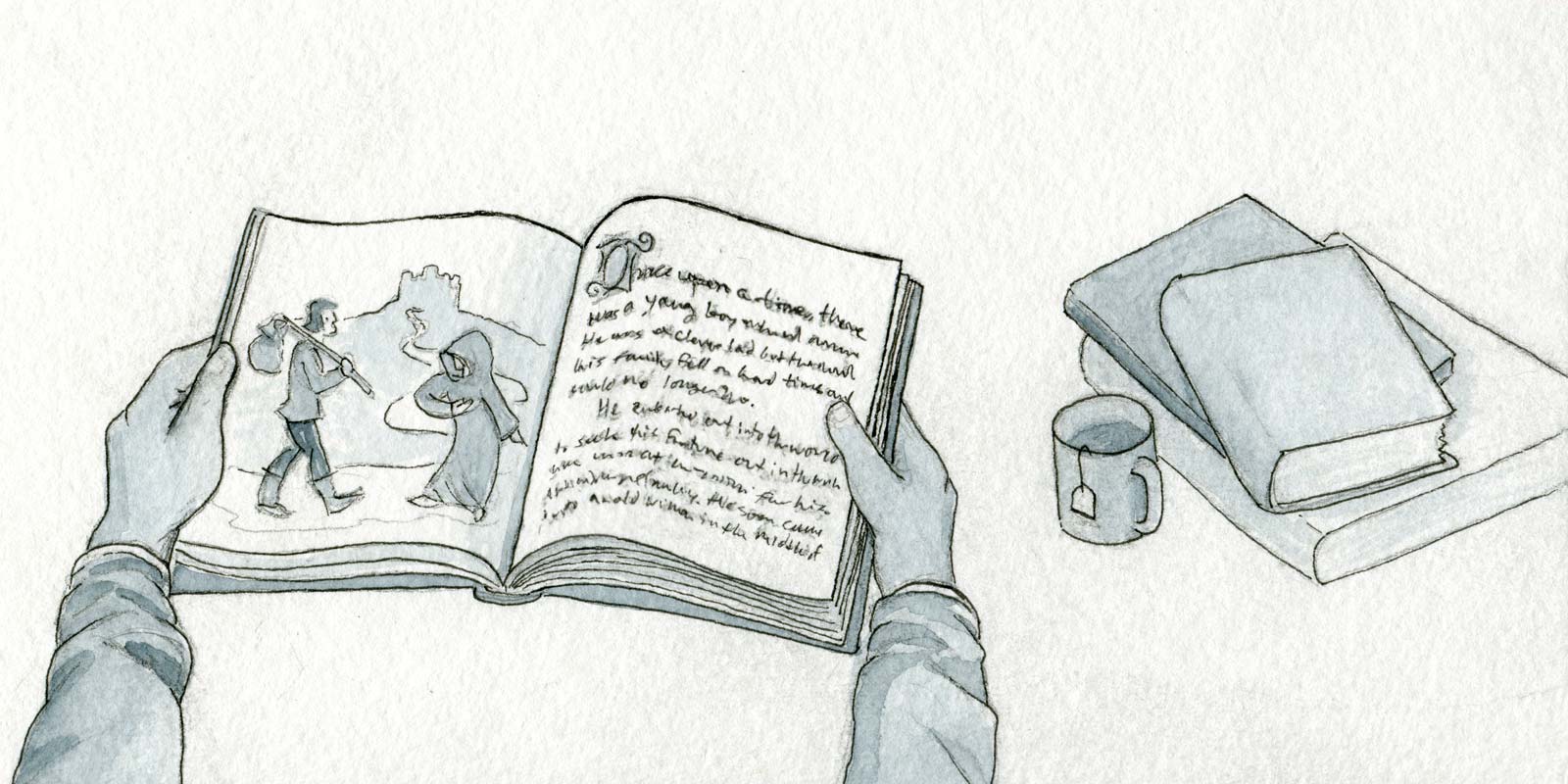Building a product means getting into the heads of your target users: what matters to them, their capabilities, their understanding. Try thinking about them as your lead characters. They don’t go it alone, and neither do your users. In any story there are always other characters that support or challenge them.
Who shows them the way?
The impression of your product comes from other people well before someone uses it for the first time. Who gives your target users that understanding of what it is, and why it might matter to them? A gift or personal invitation can be an especially compelling introduction to a product, so that experience should get special attention. While at LinkedIn I’ve seen how the smallest differences in the designs of that first touchpoint, the invitation to join, make in how many people ultimately sign up. Social proof can also be used to highlight which features might be more relevant or interesting later on.
Who follows their journey?
Perhaps people use your product as a means of accomplishing some bigger goal. It can be tricky to keep them motivated over time. Are other people interested in their progress? Products for personal improvement such as exercising or eating healthier can provide social touchpoints for ongoing encouragement. The context of a team or workplace brings additional attention to following progress where that goal rolls up to a larger effort. When designing for LinkedIn Recruiter, we found that the recruiters would use the product to show proof of progress for their managers. This kind of transparency was a selling point as well, since it was usually the managers who would decide to buy the product for their teams.
Who else might take the same journey?
If the product is big enough, you may be working on a feature for a specific subset of your current users. What will your other users think when they come across it? Could they have a use for it? While designing the 3D features for Photoshop Extended, I found that other users on the beta team (not just the 3D professionals) were starting to use them and had many questions. Since they did not have the same depth of knowledge, I focused on using visual cues and plain language wherever possible to be more approachable.
Thinking about the other people beyond your target users can give you fresh insights into how they are influenced or followed…or simply a better view of the full story.


Leave a Reply